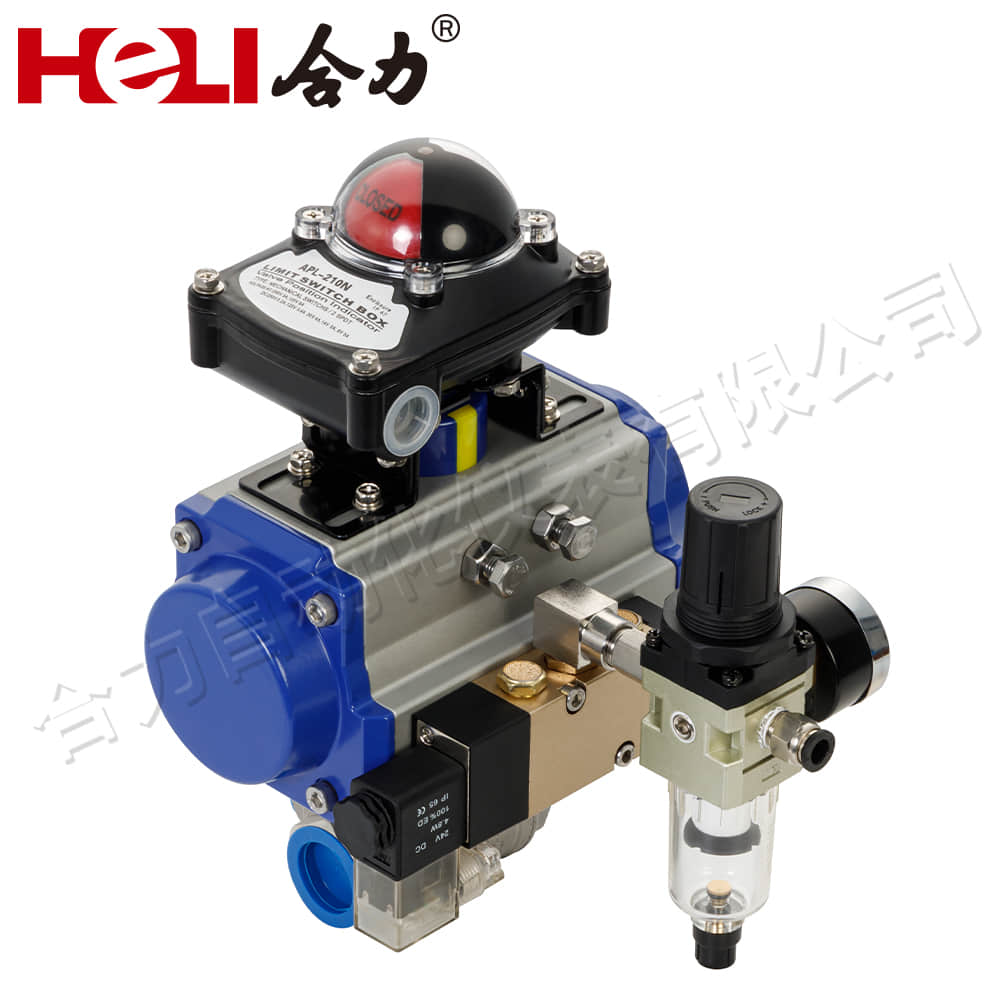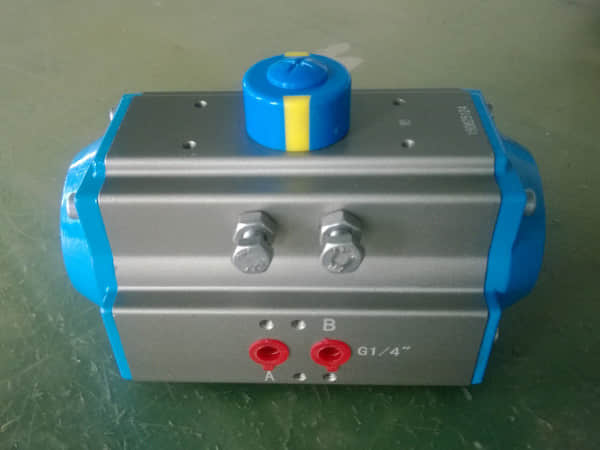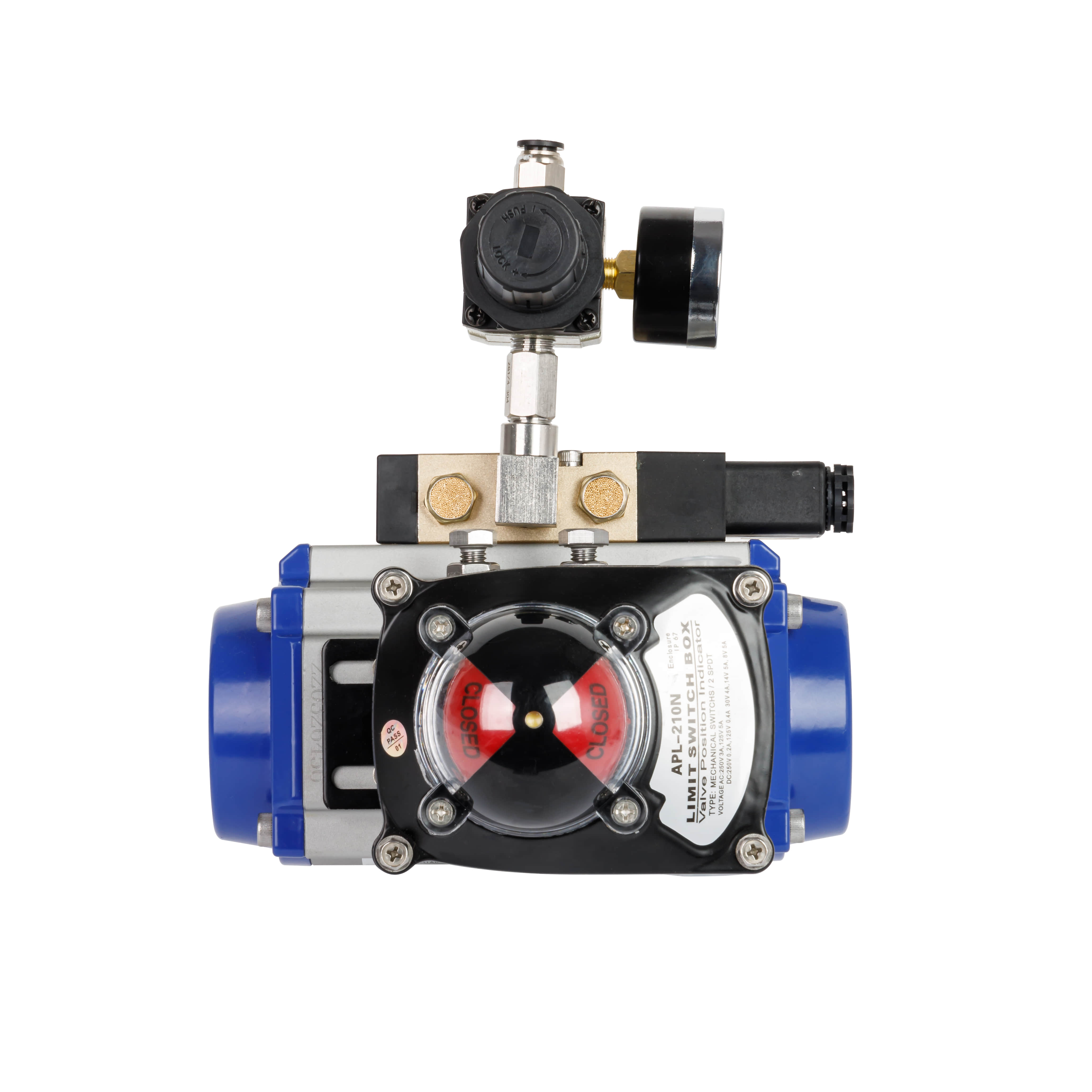understanding pneumatic actuators: mechanisms, applications, and advantages
Release time:2024-12-03 17:44:42
Pneumatic actuators are devices that utilize compressed air to produce mechanical motion. They play a crucial role in a wide variety of industries, including manufacturing, automotive, and aerospace. These actuators convert the energy stored in compressed air into linear or rotary motion, enabling automated control of machinery and processes. This article explores the mechanisms behind pneumatic actuators, their applications, and the advantages they offer.

Mechanisms of Pneumatic Actuators

Pneumatic actuators function based on the principles of fluid mechanics. They consist of a cylinder, a piston, and various other components that facilitate the conversion of air pressure into movement. When compressed air is introduced into the actuator's cylinder, it pushes against the piston. This pressure differential creates a force that drives the piston, which in turn generates motion. Depending on the design, this motion can be linear (moving in a straight line) or rotary (turning in a circular motion).



